This past winter was the first time I'd gotten my hair professionally dyed. So, 10 months later, I've noticed that my hair is starting to look a little damaged. I wanted a treatment that I could make with ingredients that I already had in my kitchen. Enter, a hair mask and rinse.
A coconut oil mask can be as simple as applying 2-4 Tbsps of coconut oil directly to your hair. But if you want a little extra nourishment, you can follow these instructions for a mask and rinse!
Ingredients
- 2-4 tablespoons coconut oil
- 5-10 drops essential oils*
- 2-4 tablespoons of honey*
- 1-2 eggs
* Optional
Ingredient amounts will depend on length of hair
Making the mask:
- Fill a saucepan with water and place on medium heat.
- In a small bowl combine coconut oil, honey, and essential oils.
- Place small bowl into saucepan to heat the oils.
- Once softened, whisk oils and honey together.
Application
You can apply the mask to dry or wet hair, but I recommend damp, towel-dried hair. Also be sure to brush / comb your hair beforehand. The mask will make your hair slightly tangled, so best to start with a detangled base.
- Apply generously starting from the top of your hair, working down.
- Focus on your hair, as opposed to lathering it into your scalp
- Throw your hair up into a bun so you don't have it touching anything while it's sticky
- Relax, throw on an episode (or two) of HIMYM, and let the mask sit for 30-60 min
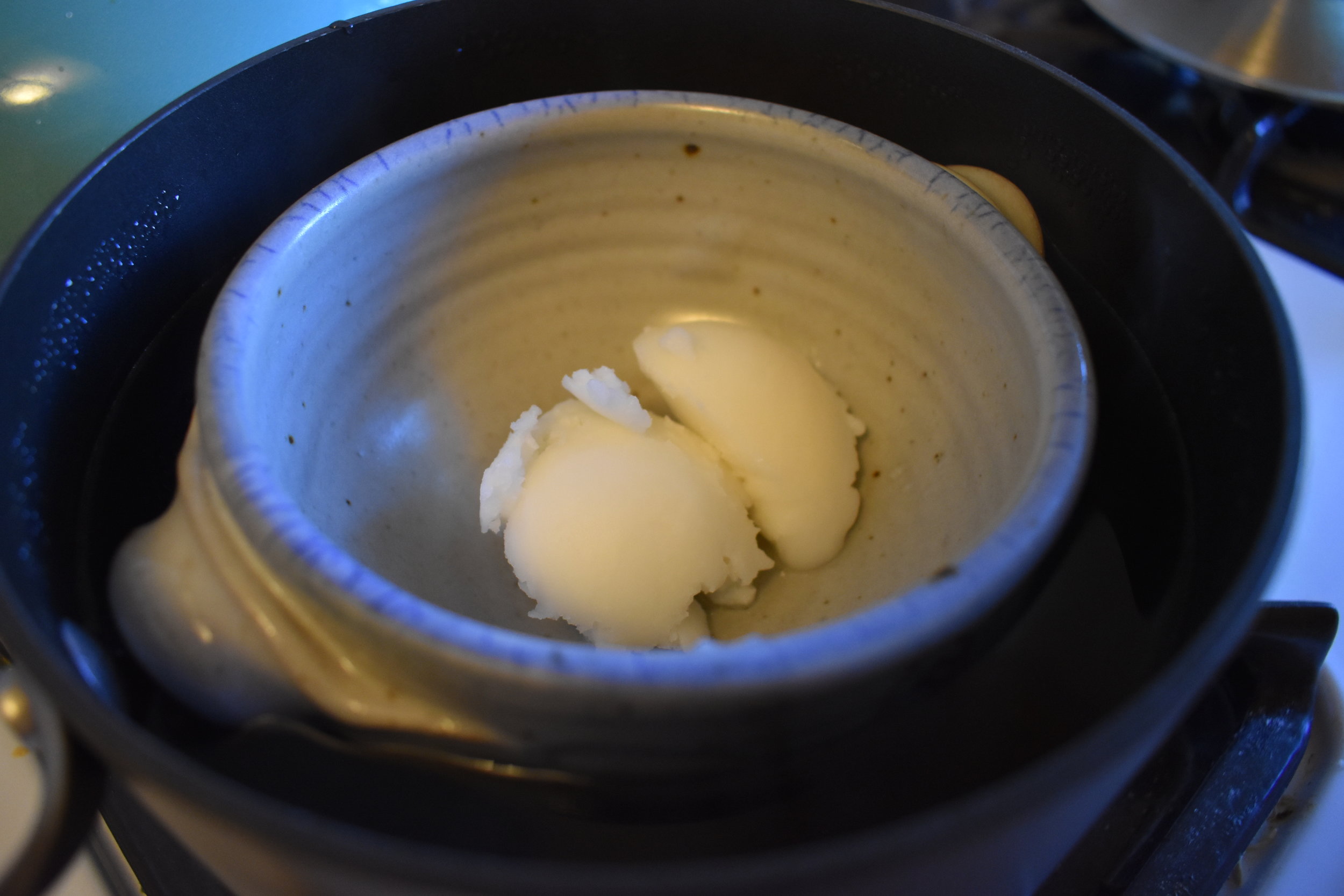

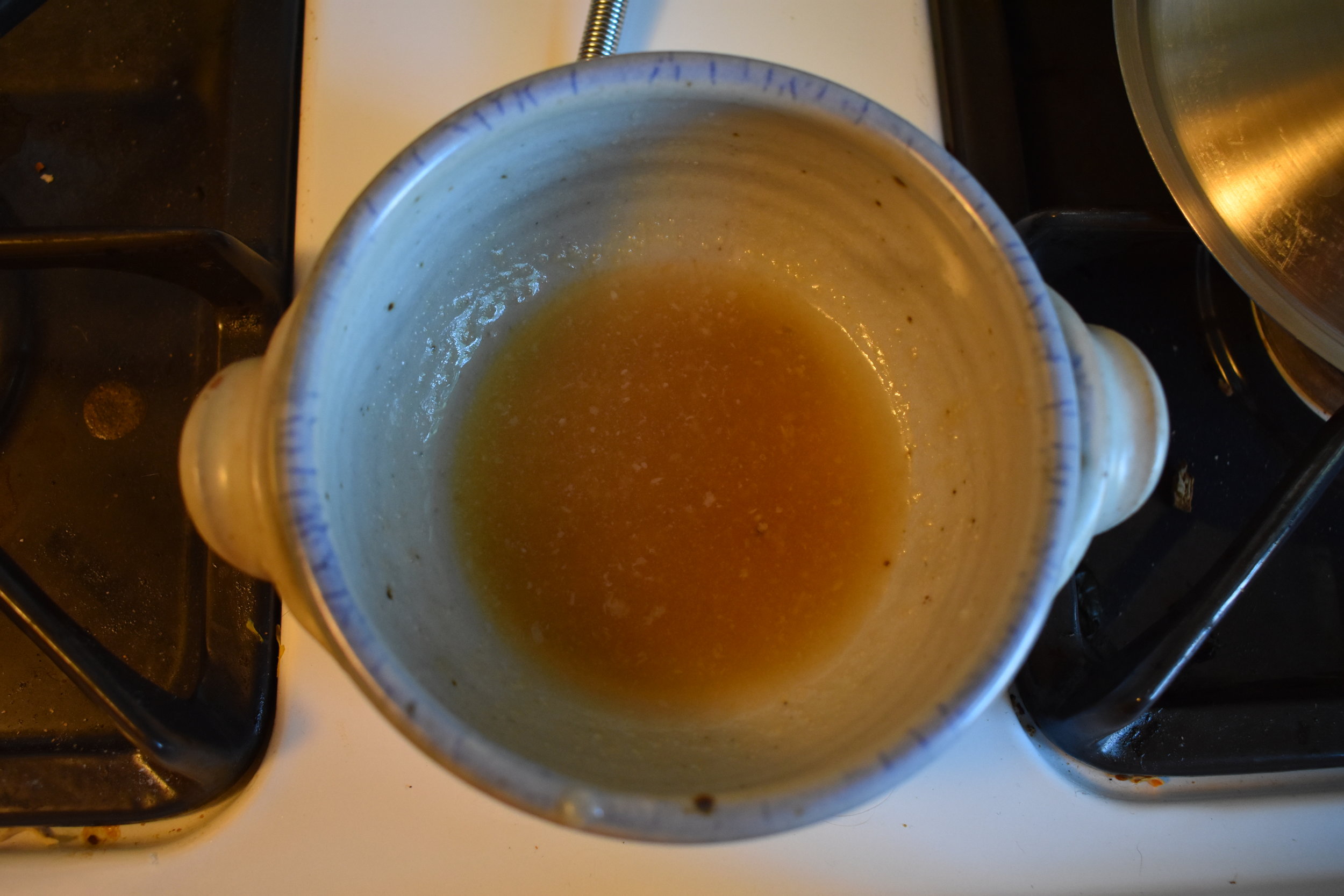
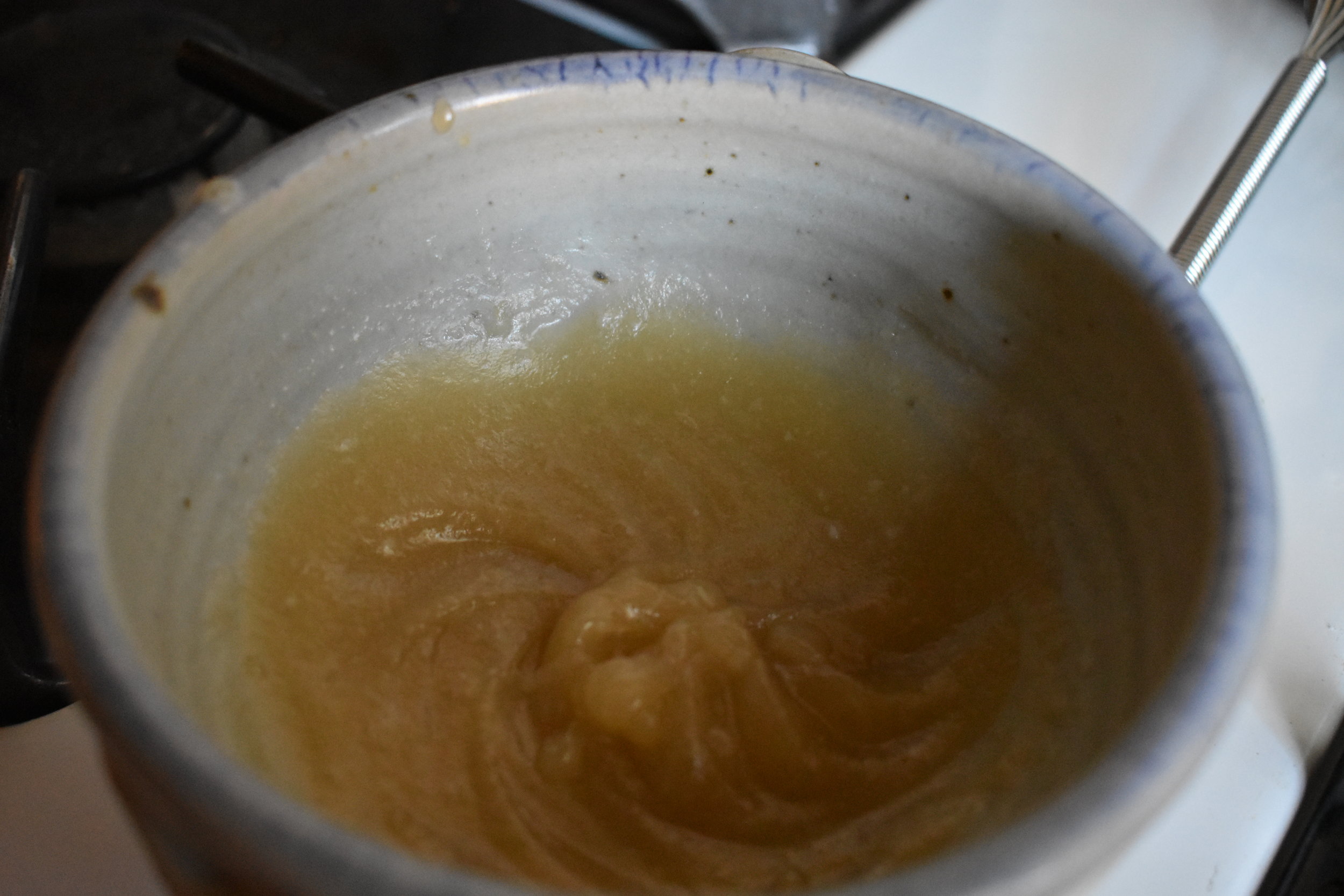
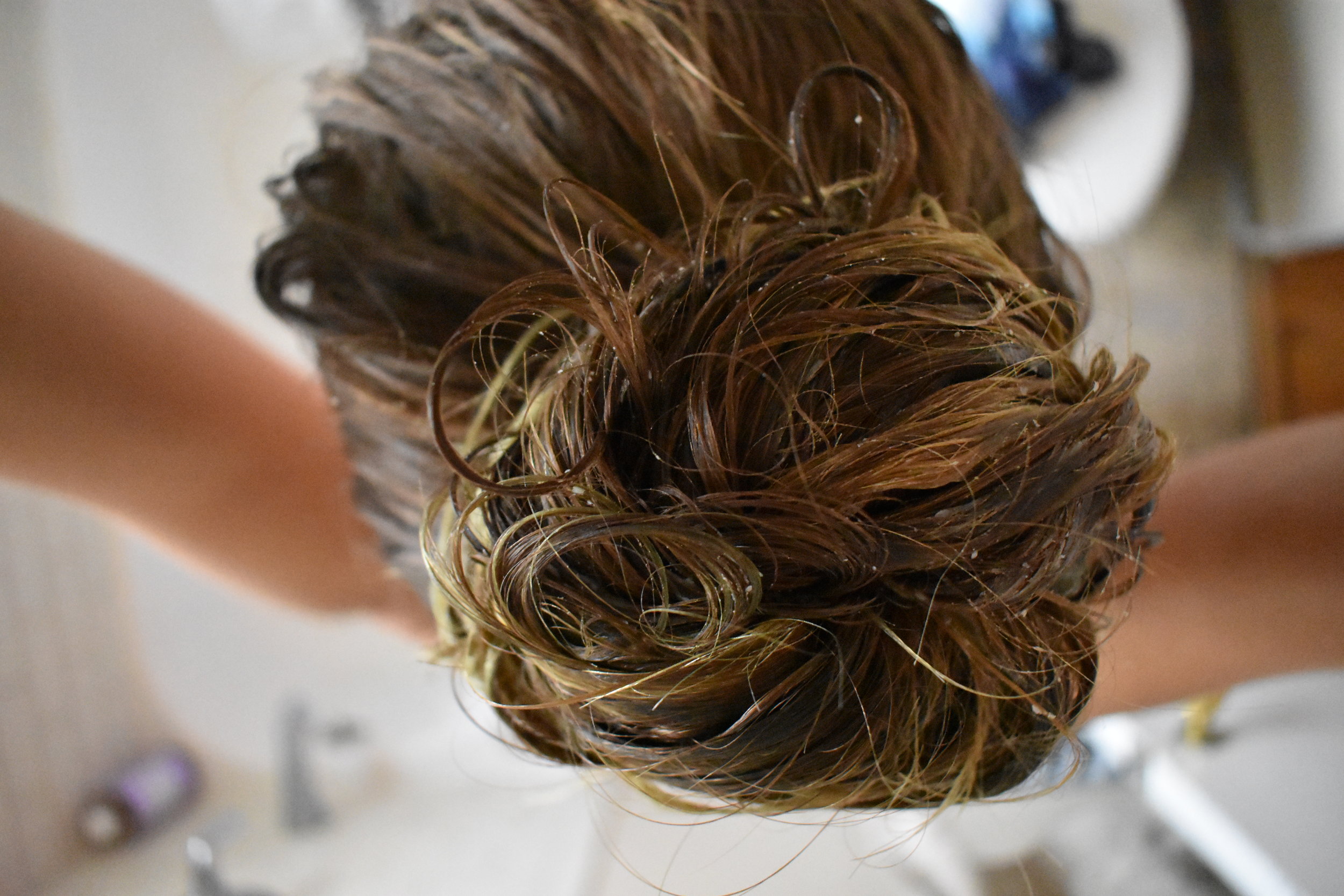
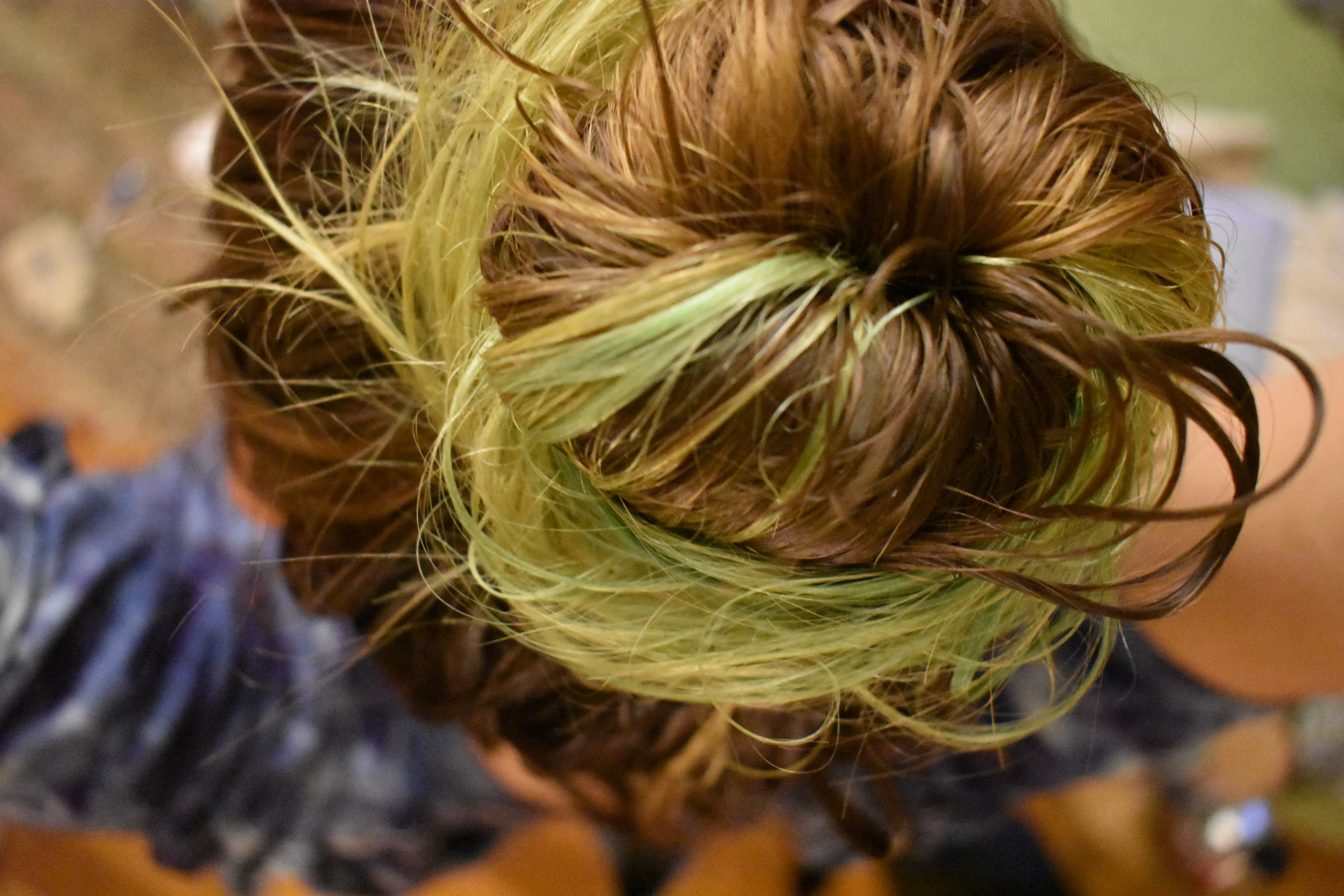
The Rinse
An egg rinse is a great way to help get your deep-conditioning mask out of your hair. Eggs are clarifying for you hair, so aid in rinsing out this deep conditioning.
- Mix 1-2 eggs with 1-2 tablespoons of water.
- If you have long hair like mine you may need two eggs.
- Coat all of the hair that you treated with the eggs and then massage the rest into your scalp. Then leave for 5-10 min.
- I did this in the shower, so that I could apply and rinse w/o a mess
- Rinse out with cool-luke warm water
- This is very important! If you rinse with hot water you could end up with scrambled eggs in your hair!)
- Wash your hair as needed, it will be different for every person:
- Some people only need the rinse, others just need to shampoo their scalp, and sometimes you need to thoroughly shampoo the hair that you coated with the mask.
- I needed to thoroughly shampoo all of my hair, though I normally only shampoo my scalp.
